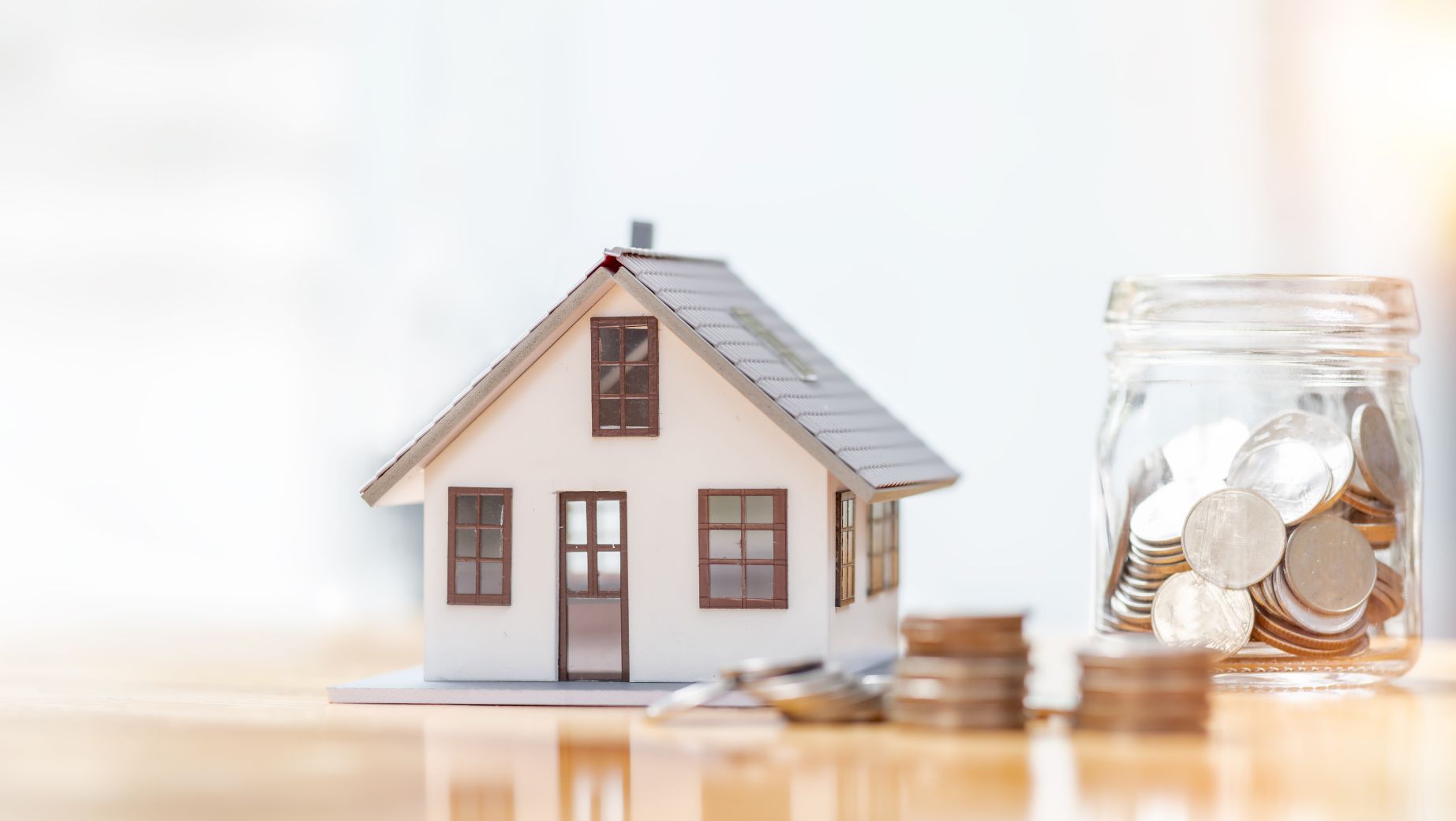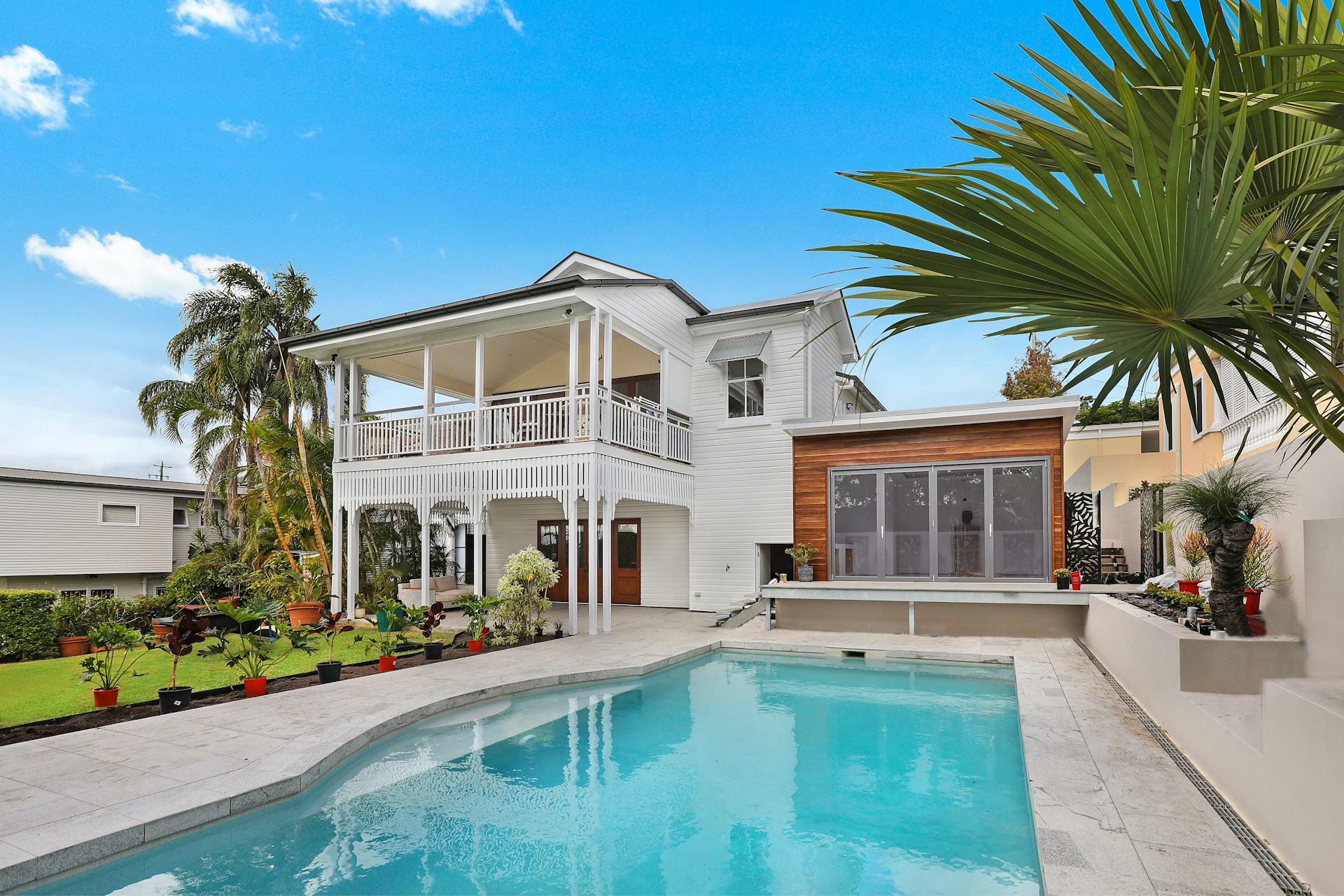
Owning a house is fantastic, but keeping it looking fresh can be pricey. Perhaps you dream of a modern kitchen, an open floorplan, or spa-like bathrooms. Whatever your vision, a significant home remodel isn’t cheap. So, where can you find the cash to transform your living space? One smart solution is refinancing your mortgage.
Let’s explore how this money-savvy move could make your home renovation dreams a reality.
Tapping Into Your Home’s Equity
When you refinance, you replace your current mortgage with a new loan through sites like moreirateam.com, ideally at a lower interest rate. But here’s the real kicker – you can borrow more than you currently owe on your home. That cash surplus from the new loan is gold for funding major upgrades.
But where does that extra money come from? The key is your home’s equity – the portion of your property’s value that you truly own. As you steadily pay down the principal on your mortgage over the years, your equity rises. When you refinance, you can tap into that increased equity to access funds for home renovation projects.
Unlocking Savings with Lower Interest Rates
Refinancing isn’t just about accessing cash; it’s also a chance to save on interest costs over the lifetime of your loan. If mortgage rates have dropped since you bought your home, refinancing allows you to take advantage of those lower rates.
For example, let’s say your current mortgage has a 6% interest rate on a USD$200,000 loan. Refinancing to a new 30-year mortgage at 4% interest could potentially save you tens of thousands of dollars in interest payments. That’s money back in your pocket that could be reinvested into creating your dream home.
The Beauty of Home Appreciation
Even if interest rates haven’t budged, you may still benefit from refinancing by leveraging the increased value of your humble abode. Properties often appreciate over time, boosting the equity you can borrow against for home renovations.

For instance, if you purchased your home for USD$300,000 with a USD$60,000 down payment, and it’s now worth USD$400,000, your equity has grown substantially. By refinancing, you could potentially access that increased equity to fund a kitchen remodel, basement renovation, or anything else on your wish list.
Planning Ahead for Home Renovation Project Costs
Before taking the refinancing plunge, you’ll need to thoughtfully plan your home makeover budget. Sit down with a notepad (or spreadsheet for the tech-savvy) and map out every expense, no matter how minor it may seem.
From permits and labor costs to materials and finishes, those line items add up fast. Be sure to factor in some financial wiggle room, too – even the best-laid plans often encounter hiccups or surprising costs along the way.
Finding the Right Refinancing: Loan Options Explained
Not all refinance loans are created equal. Each type has its own pros, cons, and qualification criteria:
Rate-and-Term Refinance
This refinancing method allows you to replace your current mortgage with a fresh loan featuring a new interest rate or loan term. For instance, you could switch from a 30-year to a 15-year mortgage. While a rate-and-term refinancing won’t generate extra cash for home improvement projects, it could lead to lower monthly payments or reduced total interest paid over the loan’s lifetime. By scoring a lower interest rate, you essentially restructure your debt at a potentially more affordable cost. And shortening your loan term, despite higher monthly dues, means paying less total interest. So, if minimizing home improvement expenses is key versus accessing renovation funds, a rate-and-term refinance merits consideration.
Cash-Out Refinance
As the name implies, this refinancing route is the ticket to tapping your home’s equity for cash to cover home improvement expenses. Lenders generally allow you to borrow up to 80-85% of your home’s appraised value. The trade-off? You’ll pay closing costs and potentially a higher interest rate.
Home Equity Loan or HELOC
While technically not a full refinance, home equity loans and HELOCs (Home Equity Lines of Credit) are other ways to borrow against your property’s equity for your home improvement project. These second mortgages can make sense if you’re happy with your current mortgage rate.
Before moving forward, ensure you meet the typical refinancing requirements, which often include:
- A minimum credit score, usually 620+
- Verifiable income and job history
- An acceptable debt-to-income ratio
- Sufficient home equity (at least 20% is ideal)

Lenders scrutinize these factors to assess your ability to repay the new mortgage. Even minor credit issues or a lack of equity could disqualify you from refinancing.
The Bottom Line: Refinancing Wisely
Refinancing to fund renovations is a wise choice when handled thoughtfully. You can tap into your home’s equity for upgrades while potentially securing a lower interest rate. But remember, refinancing replaces your mortgage – so review the terms carefully. If the numbers make sense, strategically using a cash-out refinance could be the best way to create your dream home within budget.












